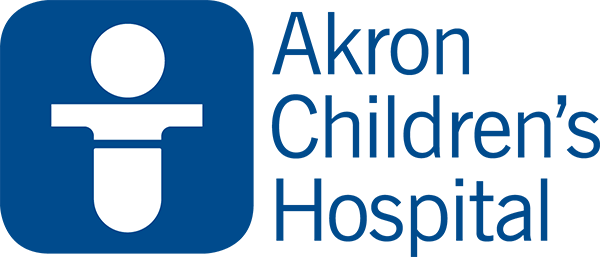Tiered Mentoring ProgramEvaluations of Vision Screening in the Real-World Setting: Investigating Accuracy of Referral Criteria Based on Follow-up Outcomes Within a Children’s Hospital SystemE. Eugenie Hartmann, PhD, Senior Research Scientist at the Vision Center and Rebecca D. Considine Research Institute at Akron Children’s Hospital
|
 |
Join us in our quest to improve vision screening in pediatric practices for preschool aged children!
Determining if a child’s vision is roughly “normal” should be completed in general pediatric practices for all 3-, 4- and 5-year-olds. But how can this be done?
Clearly, at this age, children will not be identifying letters on an eye chart, but there ARE ways to figure out what they can see: You just need to know how to ask the question!
Following strategies of “Implementation Science” we have initiated the use of a photo-screening device to evaluate risk factors for pre-school aged children in all general pediatric practices affiliated with Akron Children’s Hospital (ACH). This effort is coordinated through the Vision Center and by executing a consistent protocol, we have amassed a large data set that will address numerous questions about the accuracy of this new technology. Specifically, we can determine:
1) How accurate the referral criteria are by age.
2) How well the referral measures correspond to clinical evaluations by eye care specialists.
Monthly reports from our Electronic Medical Records indicate that close to 3,500 children between ages 3 and 5 are seen for WCCs each month across all our general pediatric clinics. Approximately 10% of these children are identified as needing referral to an eye care specialist for follow-up. We receive spreadsheets from each pediatric practice with findings from the screening instrument and are able to track results from their examinations in the Vision Center.
We need help integrating the screening data with results from the comprehensive eye examinations, as well as developing strategies to understand the barriers to compliance with follow-up and treatment that exist across our population of patients.
Although this project does not put you in direct contact with patients, working with our team will afford you the opportunity to learn a LOT about normal and abnormal development of the visual system in humans.
Expectations:
We are looking for approximately 10 hours/week of commitment from you on this project to have the biggest possible impact. During your first semester working with us you will 1) complete CITI-Training courses as determined by ACH Institutional Review Board; 2) register as a volunteer at ACH; 3) participate in at least some of our team’s weekly meetings to learn about the data we have; 4) identify an area within vision screening that you are particularly interested in and complete a literature review on that topic.
